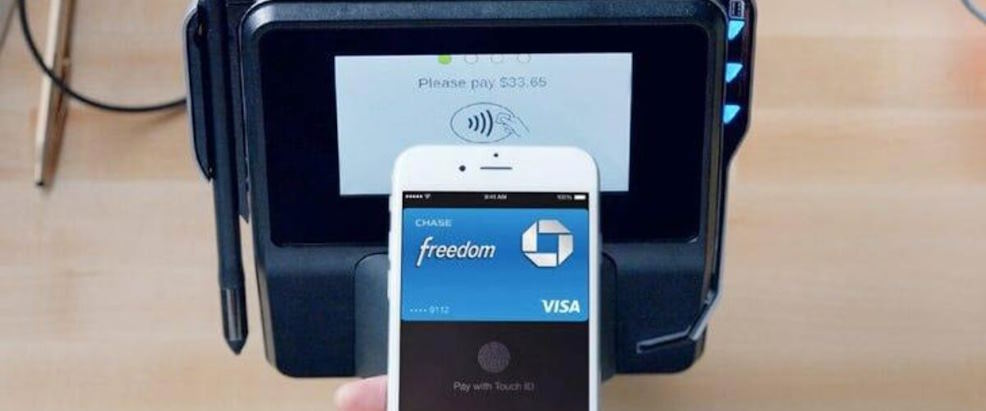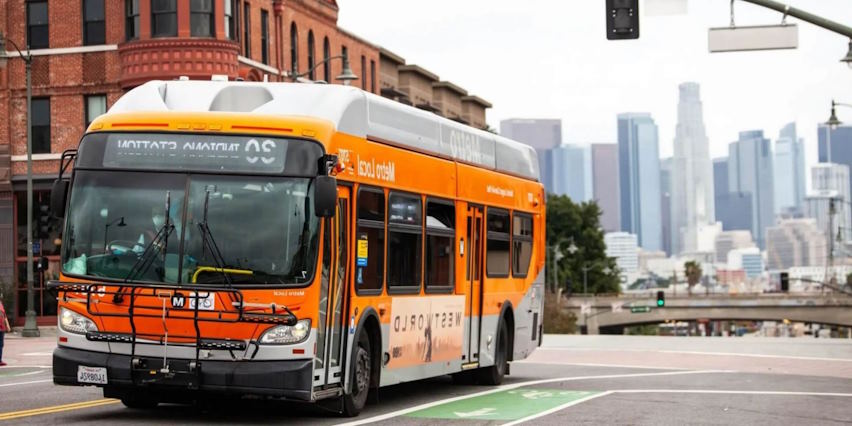Research the transportation options
Before arriving at your destination, familiarize yourself with the public transportation options available. Most European cities have a combination of metro/subway systems, buses, trams, and trains. Research the routes, schedules, and ticketing systems specific to the city you’ll be visiting.
Obtain a transport card or ticket
Many European cities offer transport cards or tickets that provide unlimited travel within a specified period. These cards often provide better value than purchasing individual tickets for each journey. Look for options like the Oyster Card in London, the Paris Visite Pass in Paris, or the Roma Pass in Rome. Evaluate your travel plans and choose the most suitable option.
Plan your routes
Take advantage of online route planners or smartphone apps for public transportation. These tools can provide step-by-step directions, suggest the fastest or most efficient routes, and inform you of service disruptions or delays. They can also help you determine transfer points and estimate travel times.
Understand the ticketing system
Familiarize yourself with the ticketing system in the city you visit. Some cities use a zone-based system where ticket prices vary depending on the number of zones traveled. Others may use a time-based system where tickets are valid for a specific duration. If required, validate your ticket and keep it handy for inspection during your journey.

Use contactless payment methods
Many European cities have adopted contactless payment methods for public transportation, such as contactless bank cards or mobile payment apps. Check if these options are available and compatible with the system in the city you’re visiting. It can provide a convenient and efficient way to pay for your fares without needing specific transport cards.
Be mindful of peak hours
Avoid public transportation during peak hours when commuters travel to and from work. These periods, typically in the morning and evening, can be crowded and less comfortable for tourists. Plan your journeys outside of these peak times to ensure a more pleasant experience.
Explore alternative options
While metros and buses are popular modes of transportation, don’t overlook other alternatives. Many European cities offer bike-sharing programs, which can be a fun and eco-friendly way to explore. Additionally, walking can be a delightful way to experience the charm and beauty of European cities, especially when distances between attractions are manageable.
Be aware of safety and security
Like any public transportation system, it’s important to be mindful of your surroundings and take necessary precautions. Keep an eye on your belongings, especially in crowded areas, and be aware of common scams or pickpocketing techniques. If traveling late at night, consider taking reputable taxi services or ridesharing apps for added safety and convenience.
Seek assistance if needed
If you’re unsure about the best route or have questions about public transportation, don’t hesitate to ask. Information desks at transportation hubs or stations and helpful locals can provide guidance and ensure you’re on the right track.




